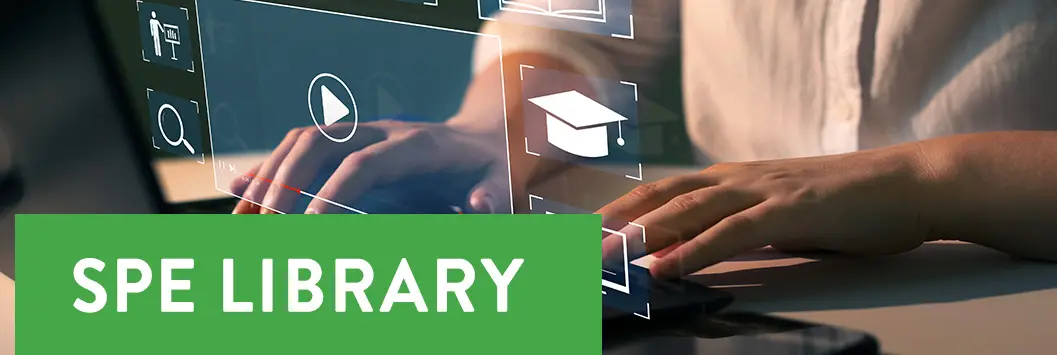Scott Wasserman, March 2023
Many years ago, Union Carbide Corporation (UCC) had established a well-equipped melt rheology lab designed to accomplish large-scale melt testing to simulate high shear conditions and small-scale dynamic and steady shear capabilities to both predict low deformation phenomena and delineate key features of molecular structure. UCC later initiated an aggressive metallocene catalyst development program to develop polyethylenes (PEs) with unique molecular structures. In an effort to fully characterize the key features of molecular structure that was manifested in the observed viscoelastic properties, we calculated the melt relaxation spectra for the new PEs and in comparing them to incumbent PEs, we found the new PEs to be differentiated. This led to a family of patent applications [1] to protect the technology, and a new parameter, called the “relaxation spectrum index” or “RSI” to quantify the breath of the relaxation time distribution reflecting the novel molecular structures. The RSI proved to be a useful parameter to use to not only delineate interesting features of molecular structure, but also to predict large-scale processing behavior, such as motor load and amperage in extrusion of layers and components for wire and cable applications [2]. This presentation will illustrate the power found in calculating and characterizing the relaxation spectrum with dynamic oscillatory shear experiments. As an illustration, a case study will be presented in which a new compound was to be developed for high-speed thin-walled chemical-foamed telecommunications wire insulation. Many key rheological phenomena needed to be simultaneously considered to design the next-generation product, and the RSI proved to be instrumental in allowing the necessary differentiation between inventive and comparative materials. This led to the development of a powerful set of patent claims [3] to protect the strategic space for UCC (now Dow). The power of this rheology-based approach to intellectual property is that the invention is not limited to a particular composition – instead, the patent claims would be a potential challenge to any composition that meets the critical rheological profile. References 1. G. N. Foster, T. Chen, S. H. Wasserman, D.C. Lee, S. J. Kurtz, L. H. Gross, R. H. Vogel, U.S. Patent 5,798,427 (1998). 2. Wasserman, SH & Adams, JL. “Rheology and Crystallization in Fiber Optic Cable Jacket and Conduit Extrusion,” ANTEC 1997, Toronto, CA April 27-May 2, 1997. 3. S. Maki, G. D. Brown, S. H. Wasserman, D. J. Frankowski, V. Y. He, U.S. Patent 6,455,602 (2002).


























